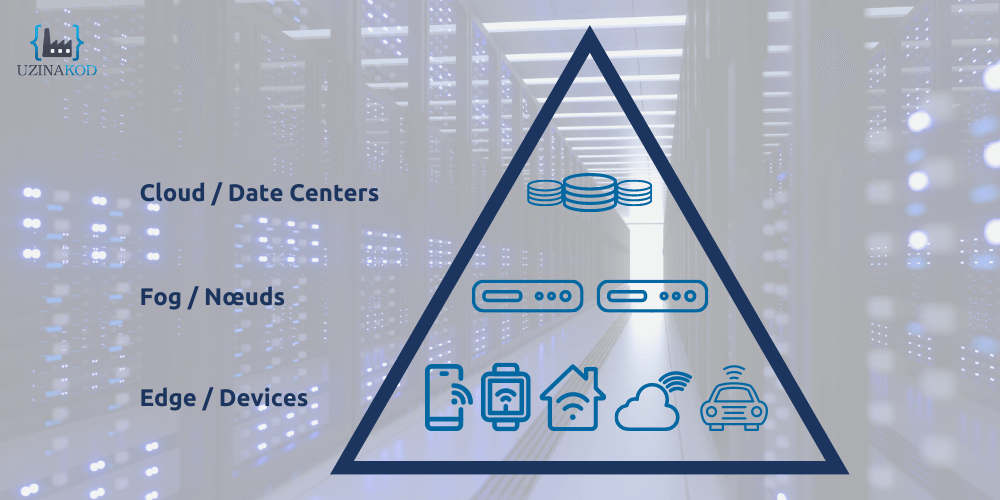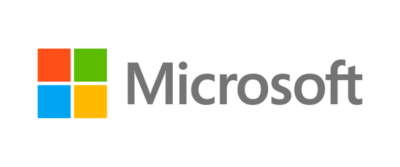We hear more and more about the Internet of Things (IoT). When speaking of this technology, we are referring to numerous connected products such as smart watches, or the famous home assistants like Google Home or Alexa. These products are linked to the Cloud via WiFi or Bluetooth, which presents certain challenges for data security.
What if the connectivity is cellular, or if a large volume of data is being transmitted (such as video streams, for instance)? You would be looking at an extremely expensive solution!
Is there a more efficient way to meet such security or high-volume data needs? The answer is yes! We’re talking about Edge Computing, or Fog Computing. These are still new terms to learn, but as technologies they are becoming increasingly important.
The advent of artificial intelligence models, autonomous vehicles like Tesla, and many other applications have given birth to these solutions. But what exactly are they?

What is Edge Computing?
Edge Computing consists of performing calculations close to the data source. This has the advantage of getting a calculation’s result much faster than going through the Cloud. Indeed, the lower latency is due to the shorter travel distance. However, the Edge has much fewer resources that can only be adjusted on demand, as with Cloud Computing. There are thus constraints to consider when deploying this type of solution.
What is Fog Computing?
Cisco introduced Fog computing in 2015. Many people use Fog and Edge interchangeably. In fact, the two concepts are very similar. You can think of Fog Computing as the little brother of Cloud Computing. It’s a kind of private data center located near the data source. There is slightly more latency than with Edge Computing, because Edge is generally closer than Fog. Nevertheless, Fog is much better positioned for the task than Cloud.
So, this the part where you ask me what kind of applications use Fog or Edge Computing? Easy, I’ll explain!
User Case
If data security is important, housing the data in a close, secure location that you own yourself greatly reduces the risk of a breach. We can think of situations in the health sector, the financial sector, and even the industrial sector where a data leak would be very damaging.
When a large volume of data is present and the means of communication is expensive (e.g., cellular), Edge Computing makes sense. A wind farm, a mine, or a factory in a remote location are all good examples. In such cases, it would be advantageous to make local decisions to avoid sending a large volume of data through the cellular modem, or to reduce the overall volume through data aggregation.
Finally, in some cases, the volume of data is so massive that the bandwidth required to send it would involve an exorbitant cost. Take for instance a video surveillance system, or even an autonomous vehicle. Here, the bulk of the calculations are done on the Edge or the Fog, and only the result of the calculation is sent to the Cloud. This considerably reduces the volume of data implicated.
There are an ever-increasing number of Edge Computing products. The big names in Cloud Computing even offer environments to facilitate the integration of Edge into their services. With the advent of 5G, it is likely that we will hear more and more about this type of technology.
Based on our expertise, we are a proud CISCO partner with the IoT Advantage Specialization. Moreover, Uzinakod is one of six partners selected from across North America to participate in the EPE program for Edge Intelligence.
What about you? Do you have any requirements that could benefit from this technology? Let us help you choose the best solution to meet your needs. We look forward to talking with you!




